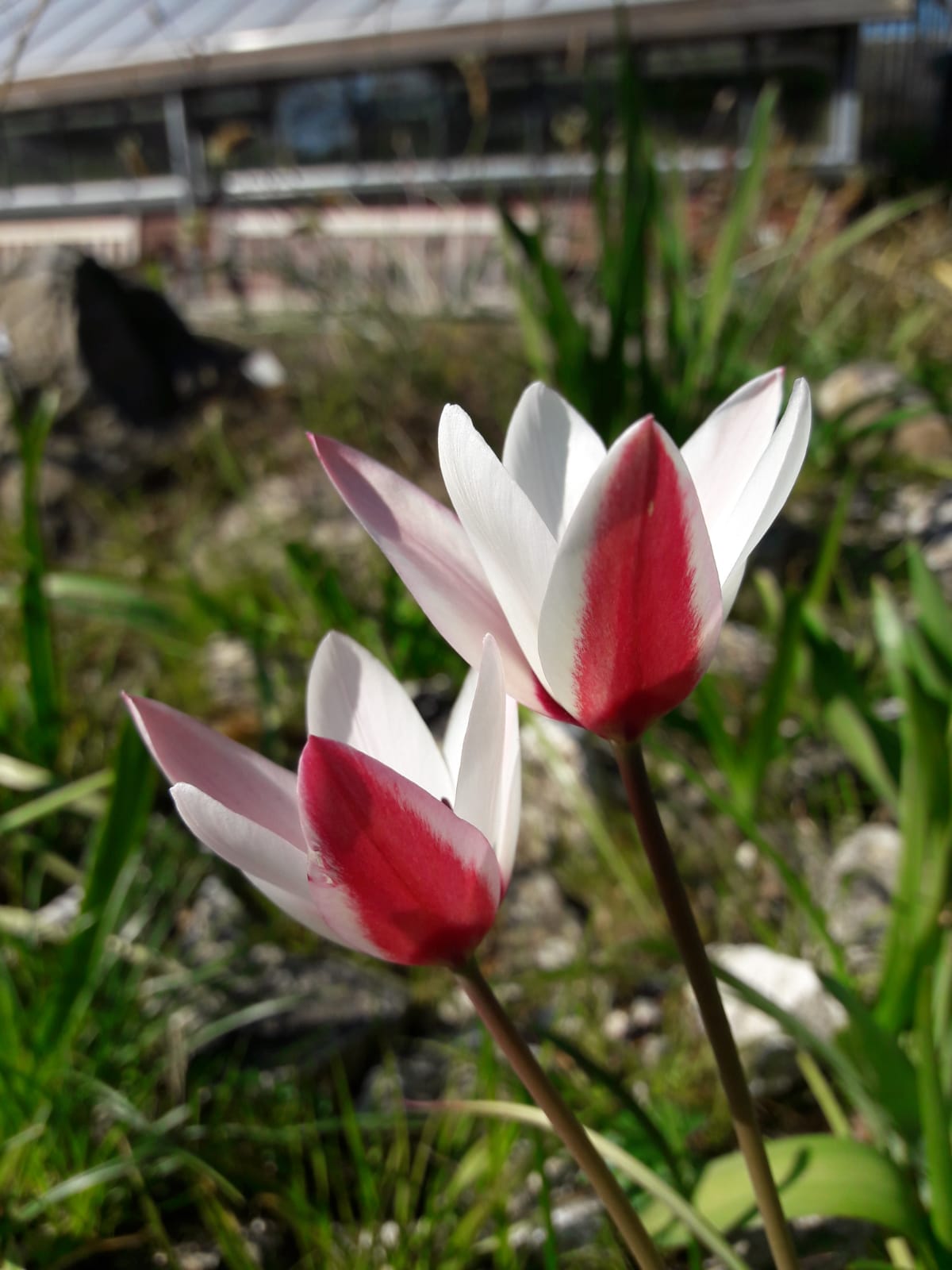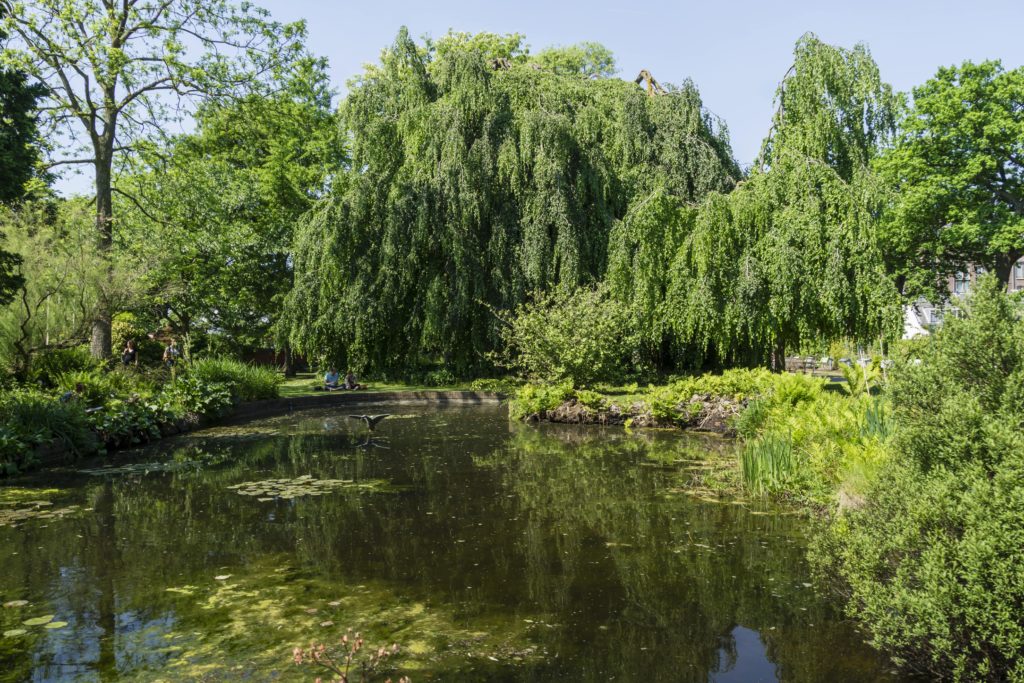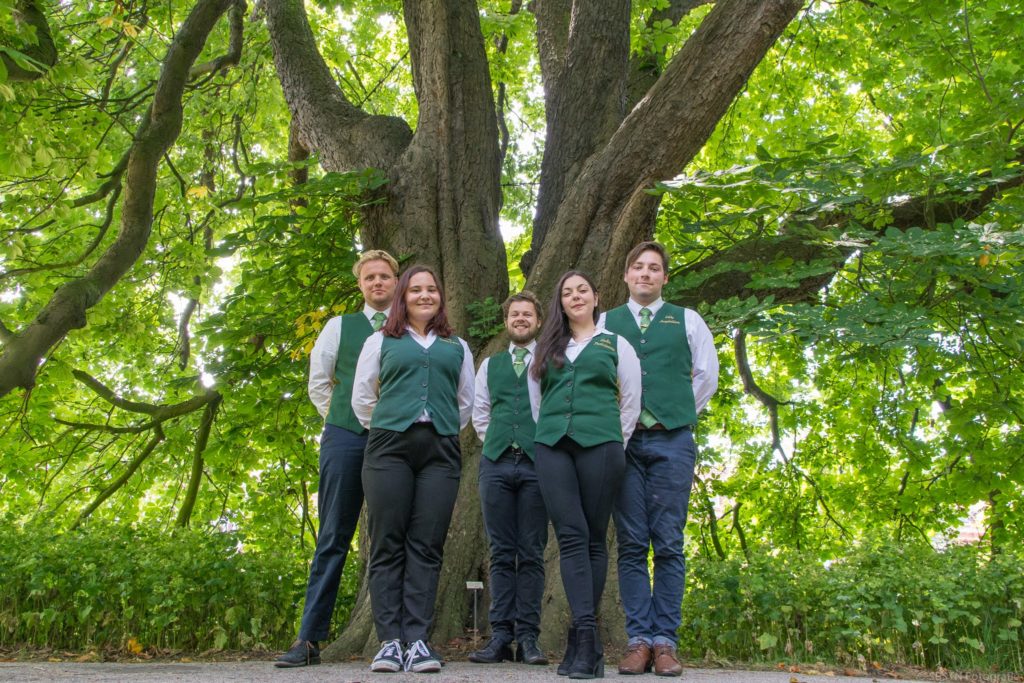By Aida Loy,
an archaeologist from Spain living in the Netherlands
Nowadays when we think about tulips we instantly think in the Netherlands. They have huge fields filled with these flowers and they can be found in different versions in any tourist shop. Everyone considers them the national flower of the country. These plants are so connected with the Dutch story that one of the first economical crisis the country had to face was known as “Tulip Mania” as it was the product of the inflation caused by the tulips’ price. But, what would you say if I tell you that tulips didn’t arrive in the Netherlands until the 16th century connecting their story to the garden’s of Leiden University and changing the history of the country forever.
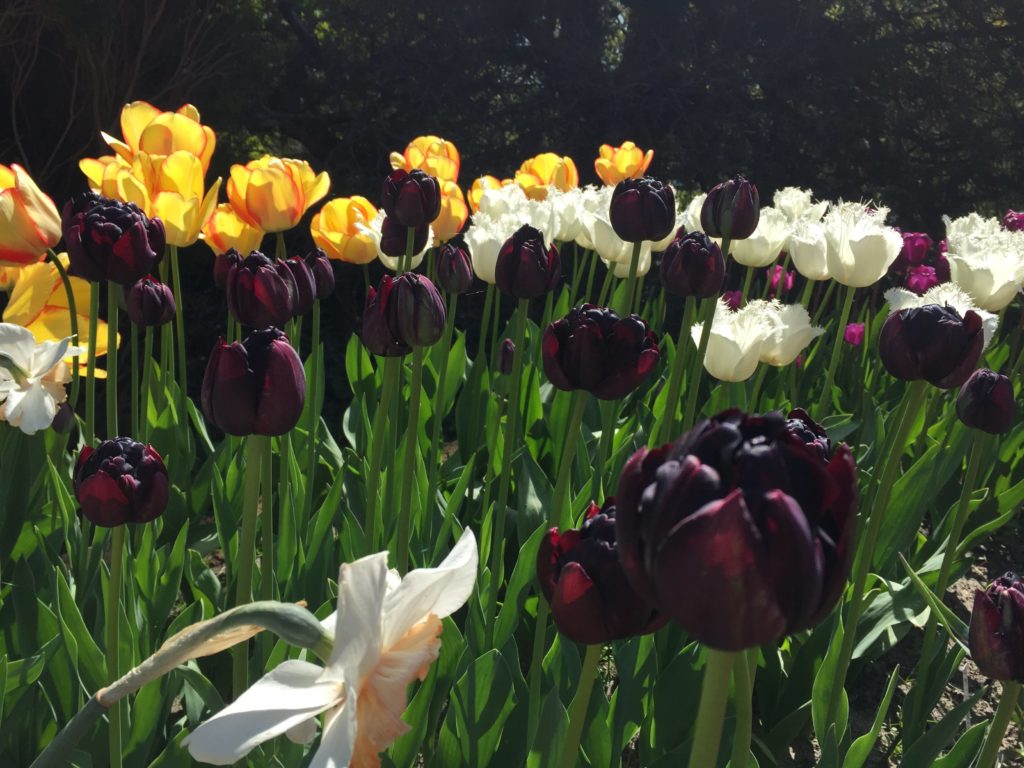
Tulips arrived in Europe all the way from Central Asia through the Ottoman Empire where some ambassadors of the Holy Roman Empire were fascinated for these flowers that bloom in winter and took them back with them. At this moment, at the end of the 16th century, the botanist Carolus Clusius planted some tulips first in Austria but then in 1593, he was appointed as director of the recently opened Hortus Botanicus of Leiden University so he moved to this Dutch city and with him, the tulips. Since this moment the history of the Netherlands and the tulips were created.
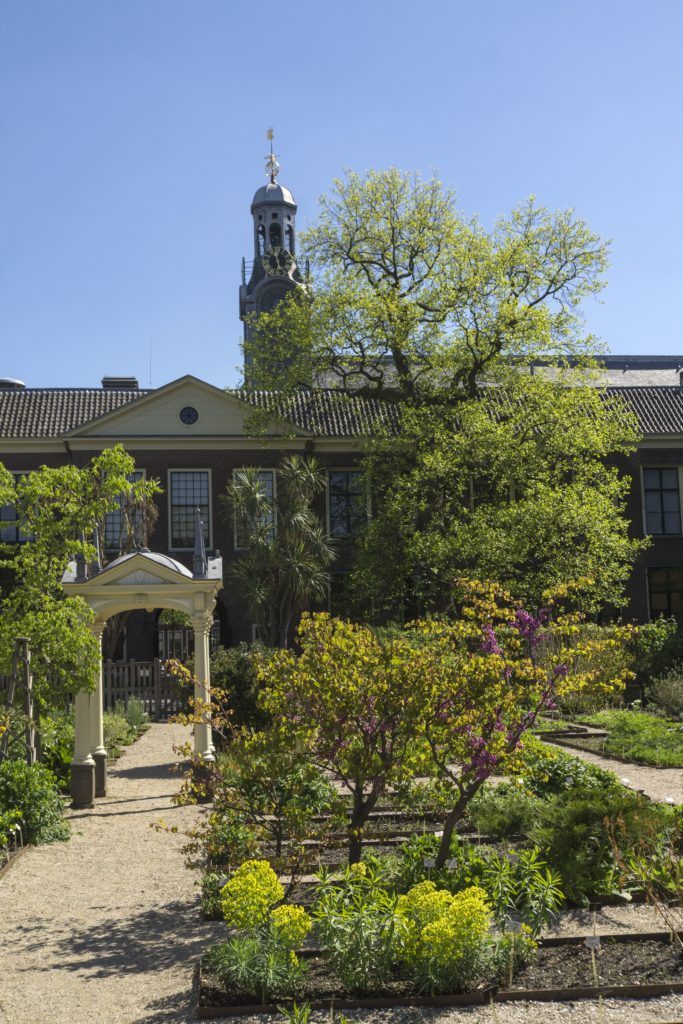
Clusius not only planted tulips in that Hortus Botanicus, and this garden is not only famous for that. Carolus Clusius was the director of this botanical garden from 1594 until his death in 1609 he was the director of the garden and worked for its development. Leiden’s Hortus Botanicus was created in 1587 to be the herbal garden for the medical students being the first botanical garden in the Netherlands. Clusius created a small garden with more than 1000 plant species, many of which were brought by the Dutch East India Company (VOC). The practice of bringing plants from the Dutch colonies was continued after Clusius incrementing the Hortus with plants as great as the Jade vine (Strongylodon macrobotrys) that came from the Philippines for the first time in 1854 or the Victoria amazonica (Victoria amazonica) which came from the Amazon where it was found by Europeans in 1850 and flowered in Leiden for the first time 100 years ago.
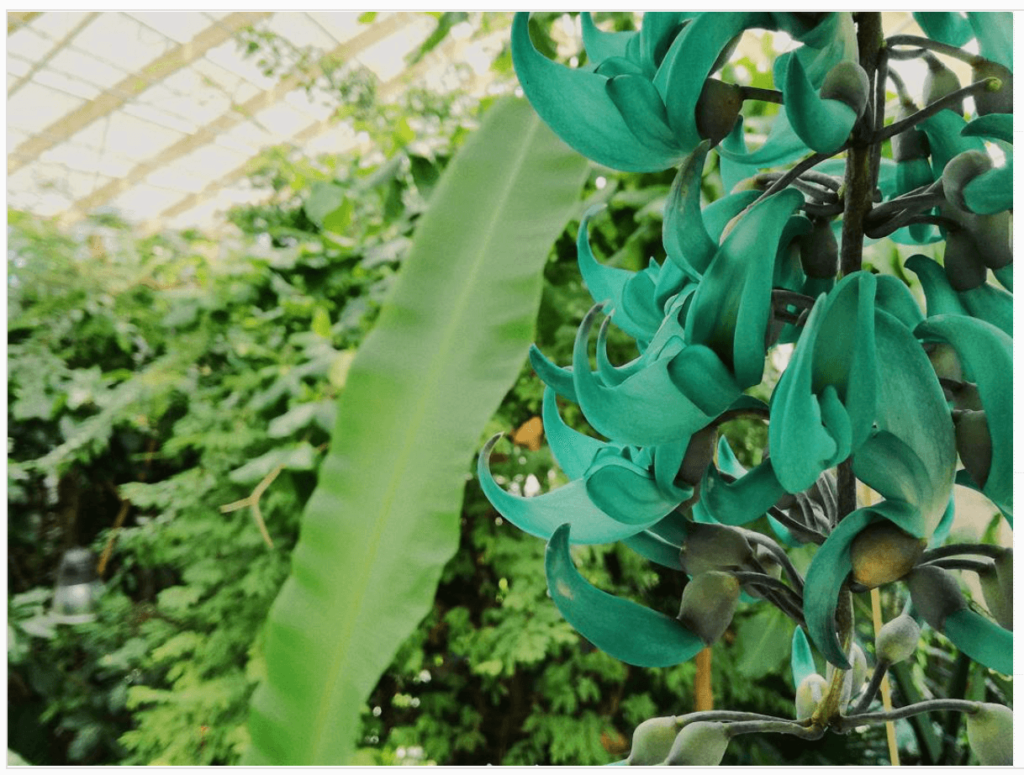
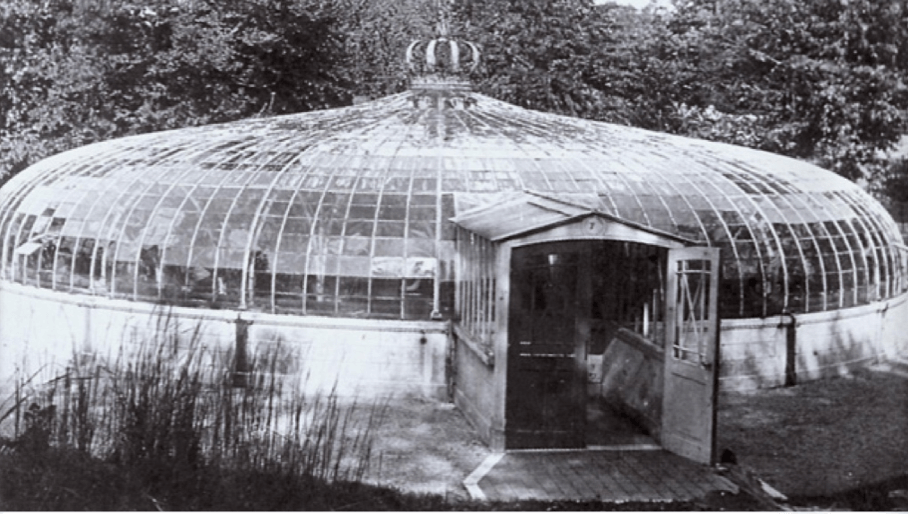
In the 17th century with the development and growing of the garden, the first greenhouses were created (both plants mentioned before are located in two of these greenhouses).
Old Victoria Greenhouse / Photo: Hortus Botanicus Leiden
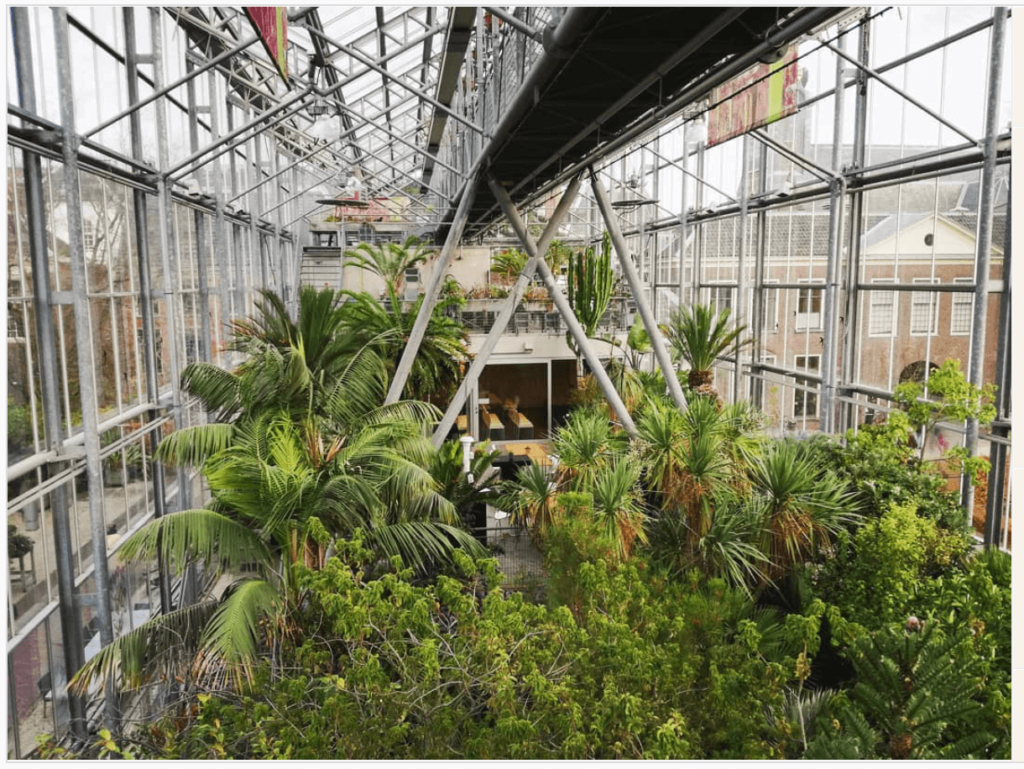
Another of the greatest contributions to the Hortus was made by Philip Franz von Siebold, who was an ambassador in Japan for the Netherlands during the beginning of the 19th century when Japan just allowed the entrance to its country to counted people and countries. Siebold sends to Leiden multiple Japanese plants and animals. After him, a Japanese and memorial garden was created, with plants from this country but also an atmosphere and architectural elements that evoke Japanese gardens.
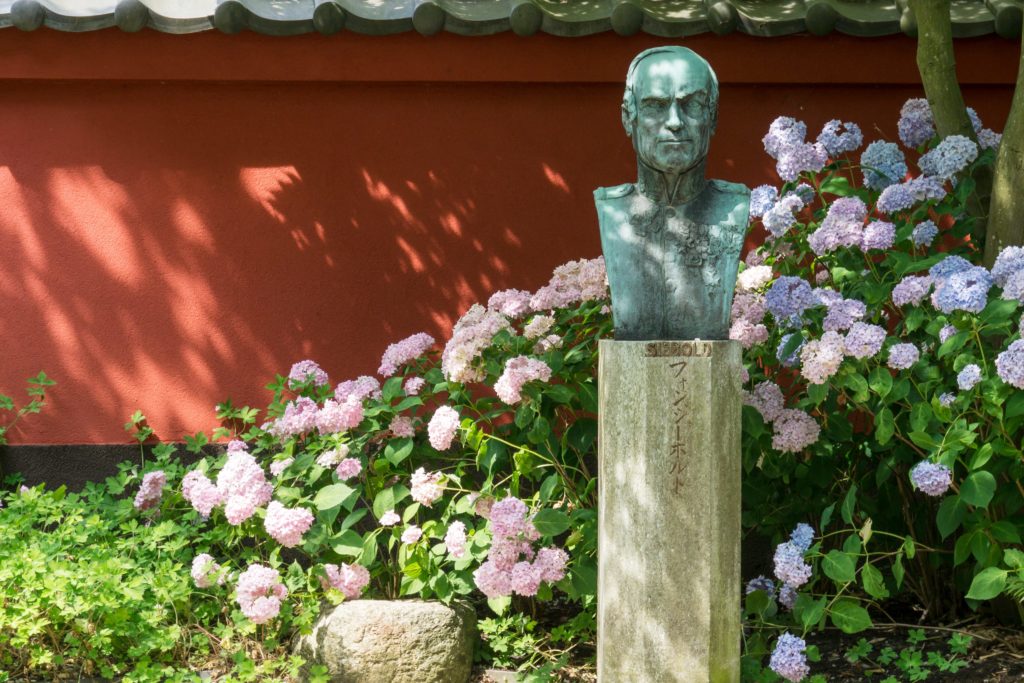
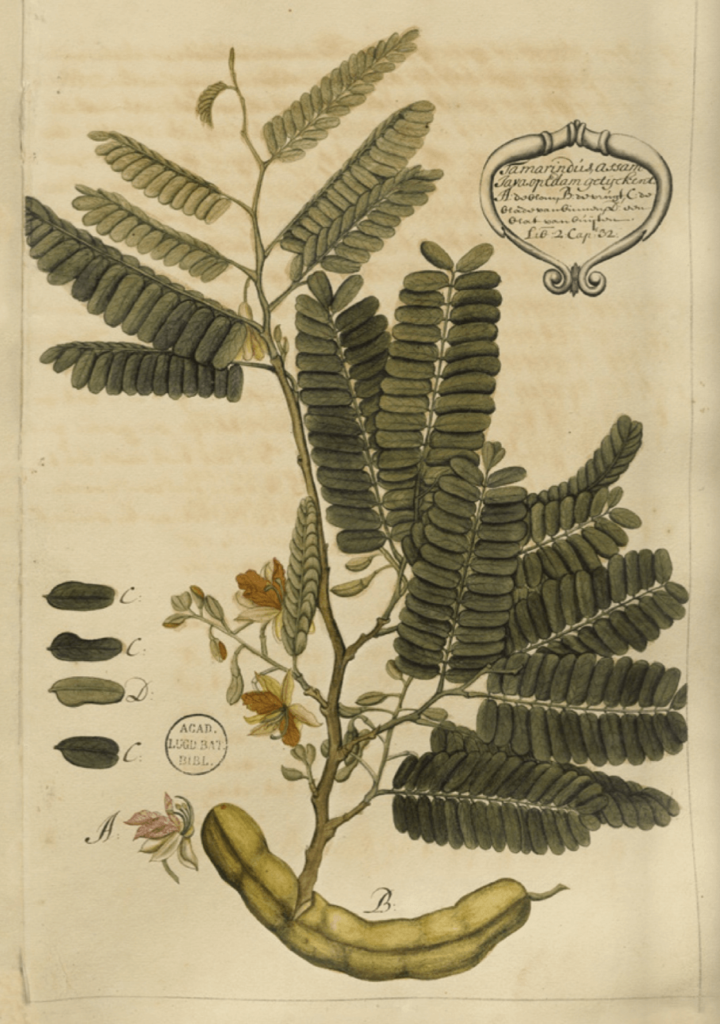
As it was, and still is, part of a university, Leiden’s Hortus Botanicus keeps a close relation with researchers who study several types of plants in the different gardens and greenhouses and also the use of this plants in various fields like Medicine.
Picture of a botanist study of the Touch-me-not plant (Mimosa pudica) / Picture: Hortus Botanicus Leiden
But the Hortus is not only a research centre for the city of Leiden, nor only a garden. It still is well connected with the University’s life. For example, many student associations take their official pictures in parts of it. Also, during the University’s Introduction Weeks, picnics are usually held in the garden mimicking the Leienaars who used to picnic o enjoy the nice weather in one of the many parks of the cities, counting the Hortus as one of them. Many people study on the nice grass and enjoy the calm of the Japanese Garden. As part of the University and one of Leiden’s 13 museums, the Hortus participates in the Museum Nacht (Night of the Museums) held once per year, where you can walk through the gardens, enjoy scientific experiments or dances.
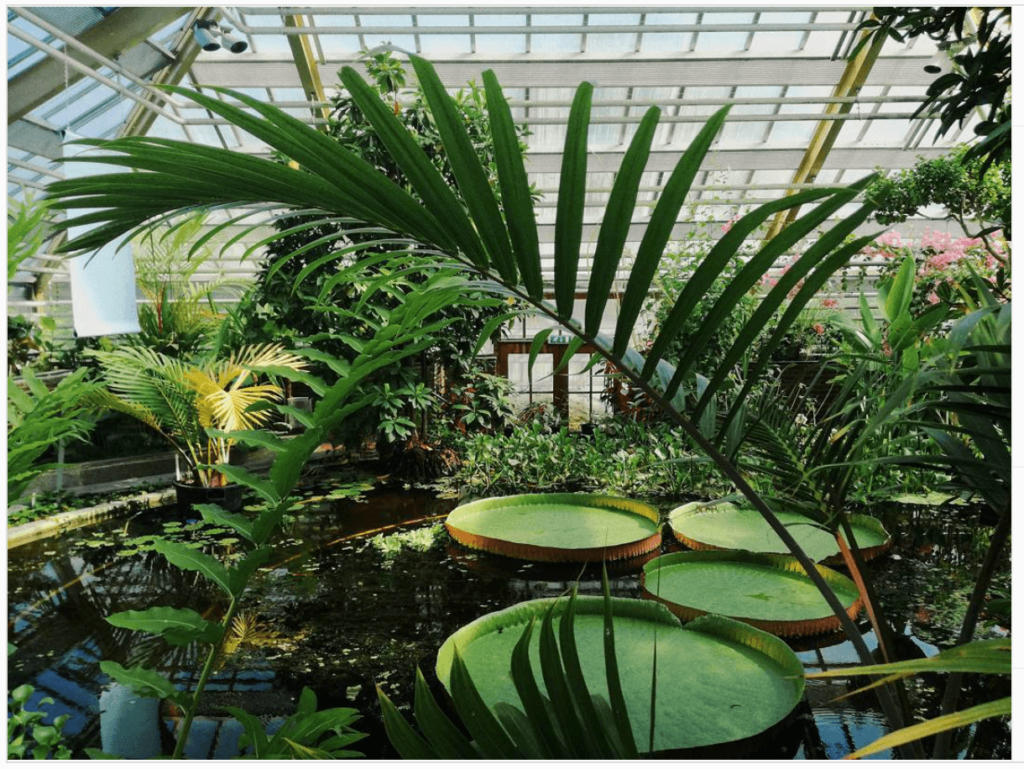
It has also become a tradition that once per year some babies are placed on top of the Victoria Amazonica around July.
Victoria Amazonica / Photo: Jose María Pout
Sadly, because of lockdown and the restrictive measures, many of these activities haven’t been done this year but the Hortus worked to keep people involved. Through their social media, they created online visits so people could enjoy the wonderful plants from their houses.
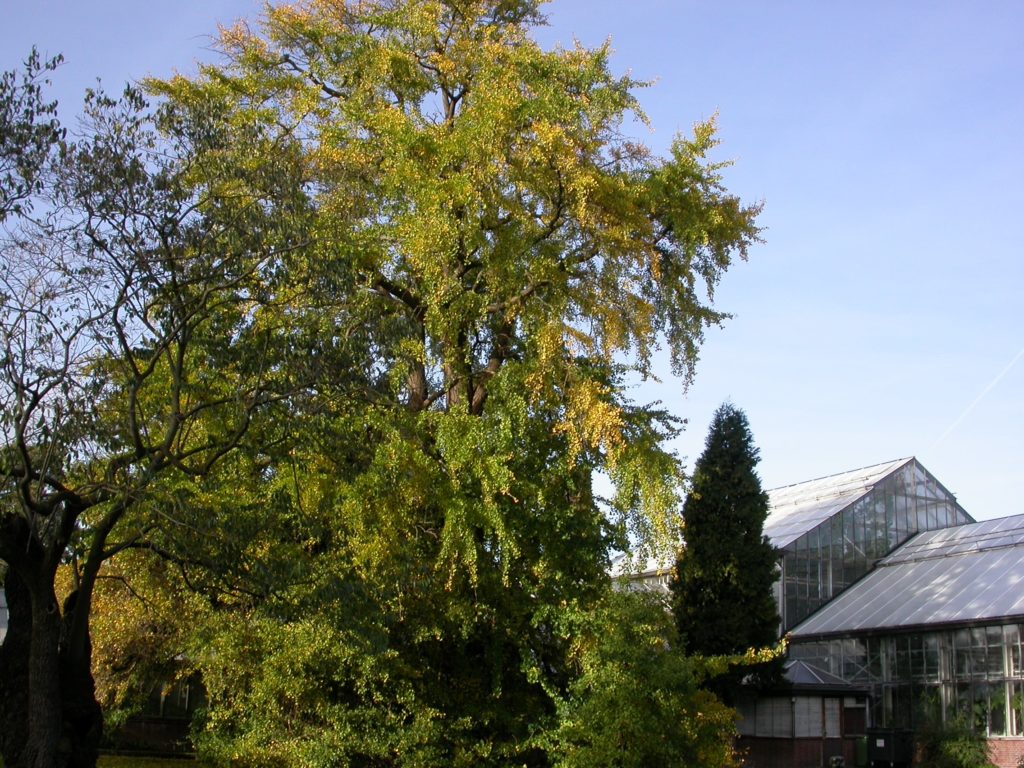
Plants are not only pretty and good for the environment. They also tell us stories and in cases like the tulips, they create a new characteristic for a whole country. Botanical gardens then are living museums that allow us to travel through time and places. With trees older than buildings and flowers that came from the other point of the Earth and tell us great stories. We should enjoy them and respect the nature around us as it can tell us more than we think.
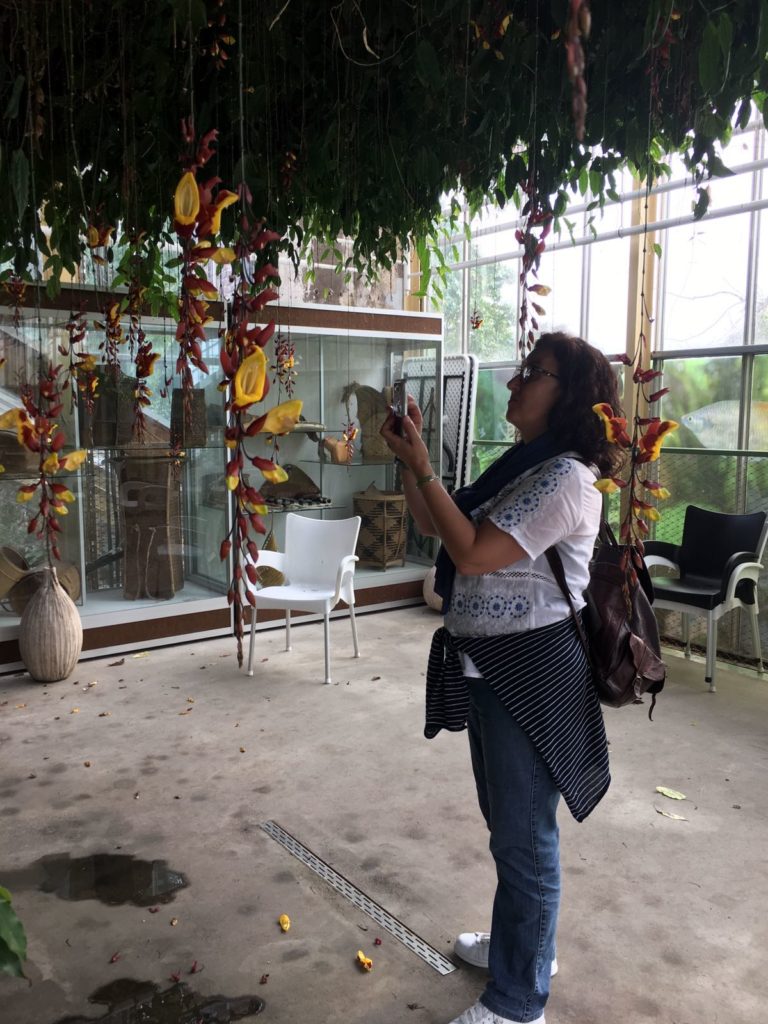
I want to thank the Hortus Botanicus and Jose María Pout for helping me when writing this article.
XXXXXXXXXXXXXXXXX